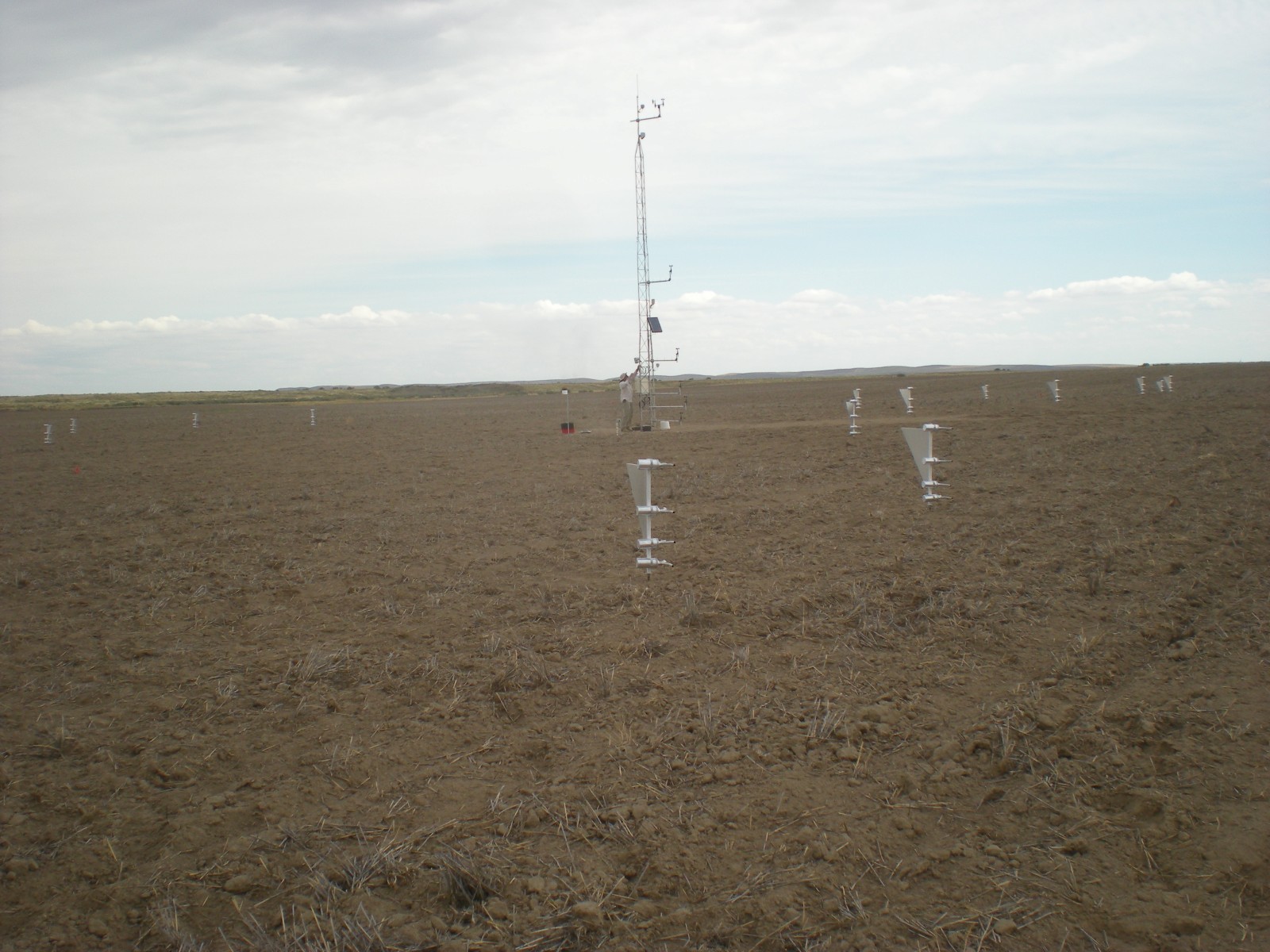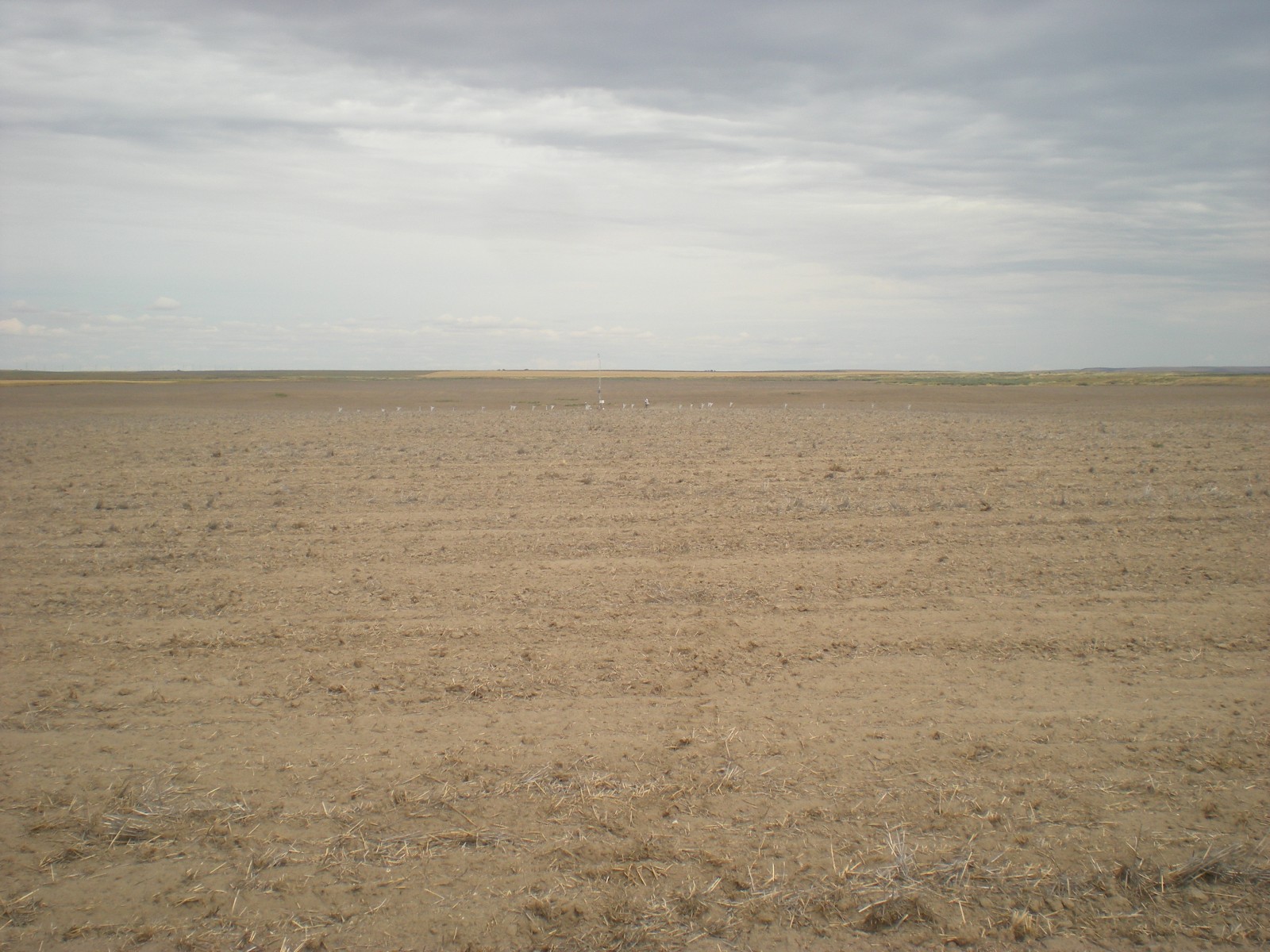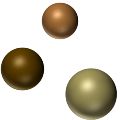
Status
Retired
Location
The Pullman National Wind Erosion Research Network site is managed by the USDA Northwest Sustainable Agroecosystems Research Unit, which contributes to the Long Term Agro-ecosystem Research (LTAR) Network. The site is located in Adams County and within the Columbia Plateau Ecoregion of eastern Washington. The site is located 85 km west-northwest of Pullman at an elevation of 485 m above sea level.
Climate
The Pullman Network site has a Mediterranean climate. Winters are cool and wet and summers are warm and dry. Average annual precipitation at the site is 300 mm; about 70% of the precipitation occurring during winter. The annual average temperature is 9°C with monthly temperatures ranging from 30°C in July to 1°C in December. The average frost-free period is 135 days.
Vegetation and soil
The native vegetation of the Pullman Network site was bunchgrasses. Native grassland was put into agricultural production in the 1880’s. The primary crop grown at the site is winter wheat. Winter wheat is grown every other year and in rotation with summer fallow; the winter wheat-summer fallow rotation has been the most economical rotation in the region for the past 130 years. Winter wheat is sown into summer fallow in late August and harvested in July. The site is relatively level and soil was formed from alluvium and wind-deposited material. The site consists of soils belonging to the Stratford-Roloff-Starbuck association and classified as an Esquatzel fine sandy loam, Farrell fine sandy loam, Ritzville silt loam, and Willis silt loam.
Management
The Pullman Network site has been managed by a single family using a winter wheat – summer fallow rotation since 1909. The family allows access to the land to advance the development of wind erosion control technologies. While tillage-based summer fallow (as opposed to no-tillage summer fallow or chemical fallow) remains the most economical strategy for growing winter wheat in the region, the grower uses conservation tillage practices during fallow. Conservation tillage entails the use of sweeps in spring, rodweeding during summer, and then planting using a deep furrow drill in late August.
Site Contact
Data
Click here to access the Campbell met data.

 National Wind Erosion Research Network
National Wind Erosion Research Network